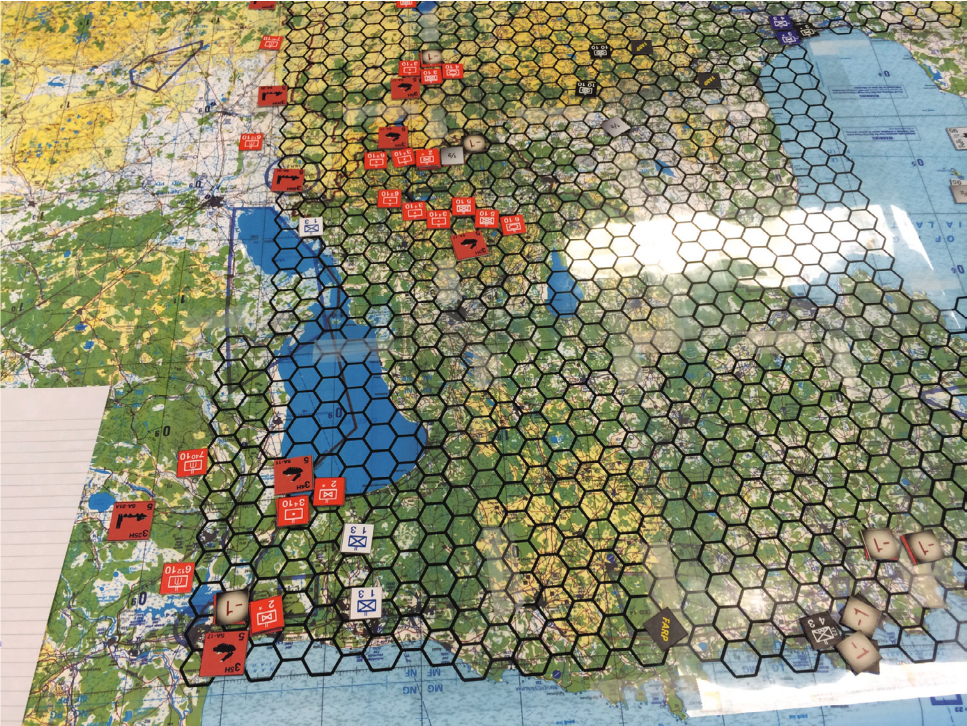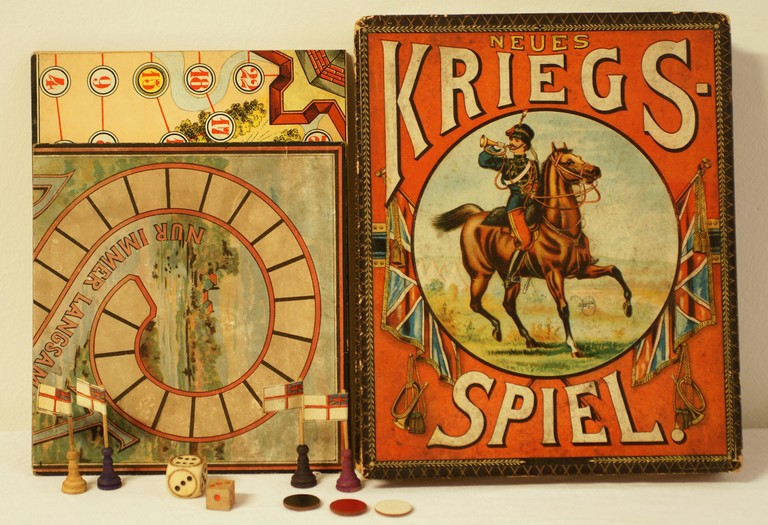By Camlo Kalandra

A new nightmare scenario is haunting the minds of NATO policymakers. The successes of the Russian ‘hybrid warfare’ model – used in Georgia and Ukraine – have stoked feverish speculation that NATO itself may be vulnerable to such an attack, and that the potential ramifications for Western powers could be catastrophic. While President Obama’s 2014 pledge to protect all members of the alliance was symbolically made in the Estonian capital of Tallinn, the security of the tiny Baltic nation is far from assured. Estonia is considered uniquely susceptible to both Russian hybrid and conventional operations. It was caught by surprise when Russia orchestrated crippling cyber-attacks against Estonia’s i digitised governmental infrastructure in 2007, and the country’s more than 20% ethnic Russian minority seem fertile for a Kremlin-led campaign of agitation and e-propaganda – similar to that during the Crimean operations. The conventional military situation is bleaker, with the RAND corporation’s recent wargaming exercises predicting that without significant NATO reinforcements the entire Baltic could be overwhelmed in under sixty hours by Russian forces. Yet while this gloomy prediction seems to have resigned Estonia to its fate, could wargaming be used more creatively to rescue Estonia from its strategic quagmire?
Though RAND’s report provides a detailed insight into the force composition and numbers NATO would require to fight a conventional confrontation with Russia in the Baltic, the central revelation that Estonia needs reinforcements will surprise no one. And while it is true a small scale build-up of NATO forces has already begun, the political and economic reality of austerity and cutbacks makes it highly unlikely that the number of troops recommended by the RAND report will ever be deployed. Wargaming can, therefore, take on a new role, not simply as an analytical modelling tool but as a practical force multiplier which seeks to ‘do more with less’ in a restricted economic environment. This can be achieved by exploring two alternative types of wargaming namely: the historical and the asymmetrical.
The historical model of wargaming seeks to learn specific tactical and strategic insights from past battles, and in the Estonian case, it is hard to imagine a country more replete with examples. The much touted ‘Narva scenario’, in which Russia attempts to seize control of the Estonian border city of Narva which hosts a 90% ethnic Russian majority has gained widespread acceptance as Russia’s most likely new strategic move. Yet in reality, this new move is Russia’s old strategic move – one with a three-hundred-year history stretching back to Peter the Great and the foundation of St Petersburg as a staging post for his efforts to gain control of Narva and the wider Baltic in the Great Northern War of 1700-1721. While some may be sceptical that modelling such antiquated campaigns could teach us much about contemporary defence, a much more salient example exists. In 1944, heavily outnumbered Axis forces held the Soviet advance at Narva for several months by mounting an expert defence which utilized local geography, superior tactics and the stoic morale of units defending home territory to inflict an estimated 500,000 casualties on the attacking Soviets.
Herein lies the true military value of historical wargaming: as is so often the case the battlefields of the past once again become the potential battlefields of the future. Battles are fought again and again on the same ground, often for the same unchanging strategic reasons. The importance of the Crimean peninsula remains much the same as it was in the 1850s, and Britain may well soon be looking to historical lessons on the defence of Gibraltar. Thus, when historical battles are modelled, it is not simply that they teach abstract lessons about strategy – as games of chess do; rather, they can impart to participants’ specific knowledge of real world geography, favourable and unfavourable ground for battle, and tactical lessons on how the few can defeat the many. When viewed from the historical perspective the challenge of wargaming is not estimating the scale of forces needed to mount a viable defence, but rather learning from those who already did it. Therefore, creating accurate historical wargaming models of Narva’s defence whether in 1700 or in 1944 may yield invaluable insights for the NATO planners of today.
 The second prong of this reimagining of wargaming is the asymmetrical case. RAND’s analysis focuses on the capabilities Estonia would need to repel a conventional Russian invasion; yet, Estonia may not need to fight a conventional conflict at all. While many analysts seem to assume Russia’s will to sustain military casualties is monolithic and endless, the Chechen Wars of the 1990s demonstrated that Russian public opinion can rapidly turn against wars that incur mounting losses, just as is the case in the West. Russia’s greatest defeat in living memory was not wrought by conventional forces, but at the hands of the insurgent Mujahedeen in Afghanistan. It follows that wargaming should seek not only to model conventional war but also should be designed to train participants in insurgent, guerrilla and asymmetric thinking – a process which Estonian military training is already adopting. The Forest Brothers were indigenous Baltic resistance to Soviet occupation and operated throughout the 1940s and 1950s. While they were ultimately defeated, such partisan and insurgent tactics may be much more fruitful when used against a modern-day Russia that does not possess the Soviet Union-like unwavering acceptance of casualties.
The second prong of this reimagining of wargaming is the asymmetrical case. RAND’s analysis focuses on the capabilities Estonia would need to repel a conventional Russian invasion; yet, Estonia may not need to fight a conventional conflict at all. While many analysts seem to assume Russia’s will to sustain military casualties is monolithic and endless, the Chechen Wars of the 1990s demonstrated that Russian public opinion can rapidly turn against wars that incur mounting losses, just as is the case in the West. Russia’s greatest defeat in living memory was not wrought by conventional forces, but at the hands of the insurgent Mujahedeen in Afghanistan. It follows that wargaming should seek not only to model conventional war but also should be designed to train participants in insurgent, guerrilla and asymmetric thinking – a process which Estonian military training is already adopting. The Forest Brothers were indigenous Baltic resistance to Soviet occupation and operated throughout the 1940s and 1950s. While they were ultimately defeated, such partisan and insurgent tactics may be much more fruitful when used against a modern-day Russia that does not possess the Soviet Union-like unwavering acceptance of casualties.
In conclusion, while RAND’s use of wargaming is a useful starting point, alternative models of historical and asymmetrical wargaming of NATO and Estonia may create cost-effective analyses that can train individuals in specific tactical and strategic thinking, and build on the lessons of history to fight the wars of the future. Just as the first wargame Kriegspiel prepared a generation of Prussian officers in the practical art of war, we must develop models that can do the same and act as a force multiplier for NATO’s smallest and most vulnerable members.
Camlo Kalandra is pursuing his MA in War Studies at King’s College London. His research interests include Wargaming and the American Civil War.
Feature Image source: http://newsbalt.ru/reviews/2017/04/glupost-ili-izmena-v-kaliningrade/
Image 2 source: https://chesstrend.wordpress.com/2012/07/05/twelve-kriegsspiel/